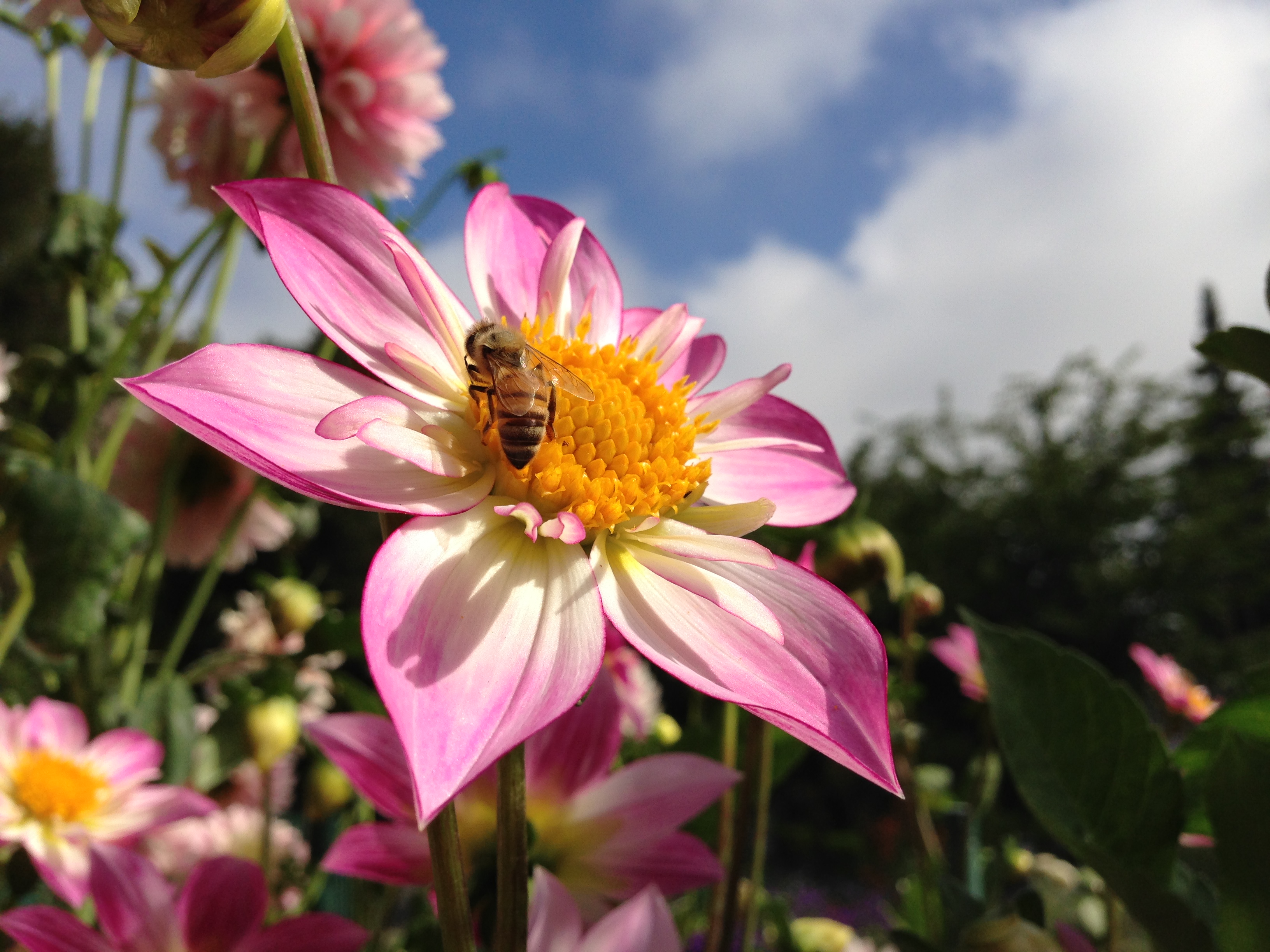You know what really ticks me off in the photography world? Camera discrimination.
You probably know exactly what I'm talking about. You arrive at a venue -- be it a concert, a festival, or even a clothing store -- and a sign on the door states in big, bold letters that no cameras are allowed.
That I can deal with (mostly), but what really gets my goat is that while SLR after SLR is turned away, the camera phone is allowed through without question.
Take, for example, a concert. Most, if not all, refuse you the ability to bring a camera, whether that be point and shoot or SLR. If they were so serious about eliminating cameras in the venue, shouldn't they be concerned about the rising megapixel count built into the newest cellular technology? Restrict them all, if you're going to turn my Canon away at the door. It's not like people can talk on their phone during a concert anyway. It is out for the sole purpose of taking shots, tweeting, and facebooking, so restrict them or let us bring other types of cameras in.
The current quality of cell phone cameras is excellent. There are stock photography sites solely aimed at collecting and distributing high-quality phone pictures, and if that doesn't speak volumes about this issue then I don't know what does. The current iPhone boasts 28 megapixels, video in 1080p, and the ability to shoot 240 degree panoramas -- all in a single hand-held device with no special equipment. The sensor is small, but the reality is this camera outperforms many point and shoots on the market today. Check out this pic from their site.

I'm guessing you've realized that this rant is coming out for a reason, and you would be right.
I attended a benefit concert last week and left my camera at home. (Not a smart move, by the way: a photographer should always have his/her camera with them). While I was there, I saw a person capturing some of the action with a point and shoot, so I decided to quickly fetch my camera and follow suit.
Before I left, however, I was informed that photography was not allowed. The person with the camera was a staff member. Oh well, I thought, and I sat back down.
Except then I started to look around, and noticed that everyone had their cellphones out, including a good friend of mine who took this shot.

Photo used by permission of KG
She also shot video without issue, and she wasn't the only one. There were people who came right up to the stage to get pictures. Again it begs the question: what's wrong with allowing cameras into venues?
I don't really have a solution to this problem. But I guess the answer (other than sneaking in your equipment, which on the advice of my lawyer I DO NOT advise) is to remember that as a photographer, you have many tools at your disposal.
And like it or not, one of those should probably be a camera phone.





.jpg)
